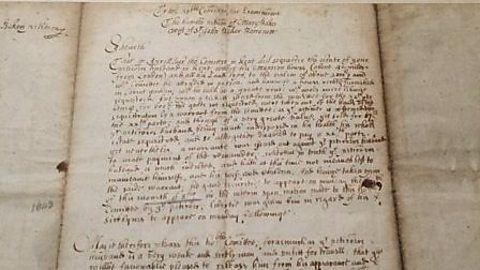Sources take us back in time, that's what's so exciting about them for us as historians. The sources I'm here to see today at the National Archives are very old indeed. The ones we're going to look at today go back all the way to the 13th century and this one is one of the most significant and influential documents ever written, Magna Carta.
Magna Carta, first written in 1215, is so important because it's the first official protection of the rights of the individual. Some sentences in this document are still part of English law today. What's so interesting about this document is that there's nothing immediately obvious to signify how important it is, but if we look a bit closer, we can actually learn a lot from its appearance. We can see the writing is very carefully laid out and this is because it's made to be read out.
Magna Carta was written at a time when the monarchy and the richest landowners, known as barons, were in dispute about how much power the king should have. It was copied and amended many times. The barons wanted the document to be sent around the country, so people could see the new rules they were trying to establish to limit the king's supremacy. And listen to this: "No free man shall be seized or imprisoned or stripped of his rights or possessions or outlawed or exiled or deprived of his standing in any other way." So Magna Carta is saying that no man can just be arrested and thrown into prison. He has the right to a fair trial. This sounds pretty obvious to us today, but at the time, this was a really big deal, this document.
But the question is, why was this needed at all? In the year before Magna Carta was first drawn up, there were rising tensions between the king and the barons. This is a royal writ with orders from King John. A royal writ is essentially a set of orders or instructions which are sent throughout the land, a little bit like a government e-mail or a letter today. This ragged piece of parchment can actually tell us a lot about why the barons wanted the king to issue Magna Carta. Listen to this: "King to the sheriff of Devon, know that we have given back to our faithful son earl Henry…all of the lands which William of Mandeville held from the same in your jurisdiction and therefore we order you to give possession of the same aforesaid lands to Henry without delay being made."
So what we see from this source is that King John in 1214 was taking land away from the barons and he was actually giving this land to his son Henry. At the time, there were no laws to stop the king taxing people or taking their land whenever he felt like it. But then something happened that shifted the balance of power away from the king. This is a letter sent by King John a couple of months after the writ and what's interesting about it is that his tone has completely changed. At this point, John is fighting to protect his lands in France and he's losing them to the French king. He needs troops and knights and so he writes to the barons pleading for support. "The king sends his greetings to all his earls, barons, knights and other faithful men." But now the interesting bit: "We ask most attentively that those of you…who have not crossed over to us come to us without delay to the aid of our land which needs to be won over."
The king needs the support of the very barons that he's been taxing and they're not sending their knights. The balance of power has shifted and the king knows it, so he agrees to issue Magna Carta. So a few ancient bits of parchment open an incredible window on one of the most important documents in our history. The writ from King John demanding land from the barons, followed by a desperate plea by the king to these same barons for help in his war against the French, and it all led to a long, drawn-out power struggle between successive kings and barons, with Magna Carta finally reissued in 1297 and parts of it, including the protection of individual rights, are still law today.
By really examining sources, paying attention to what they look like and the language used, we can understand power plays centuries ago. The sources we've looked at really help us understand the battle between King John and the barons and illuminate just what was at stake.
Video summary
In this film, Dr Sam Caslin from Liverpool University explores sources at The National Archives in Kew to discover the origins and importance of Magna Carta, which was first written in 1215.
Her first source is a copy of Magna Carta from 1297.
Caslin highlights its importance as one of the first documents in British history to protect the rights of the individual.
Caslin then explores the question of why King John would agree to increase the powers of his subjects at the expense of his own powers.
She explores a second source which shows that in 1214, the year before Magna Carta was first drawn up, there were rising tensions between the King and the Barons.
This source shows that King John was trying to take land away from the Barons against their will.
In a third source, Sam shows that only a few months later, the tide had turned and King John is in desperate need of troops and funds to protect his lands in France.
This source shows that King John badly needed the co-operation of the Barons and this was a key reason behind his agreement to issue Magna Carta in 1215.
This clip is from the series Hunting for History.
Teacher Notes
This could be used to explore the concepts of significance, causation and evidence.
After watching Source 1 pupils could be asked to explain why Magna Carta was significant (and why a copy was recently bought for over $20 million).
They could then speculate on what kind of monarch would have agreed to this – a generous monarch or a tyrant?
The answer will soon become clear as they hear Sam’s explanation of source 2.
This would then lead to the key question of why a tyrant like John agreed to Magna Carta – answered by source 3.
At the close of the programme pupils could be asked what they think might have happened next. Would John have respected Magna Carta?
This clip will be relevant for teaching KS3 History in England, Wales and Northern Ireland and 3rd and 4th level People, past events and societies in Scotland.
The Cuban Missile Crisis. video
Exploring what historical sources reveal about how close Britain came to nuclear war in the early 1960s.
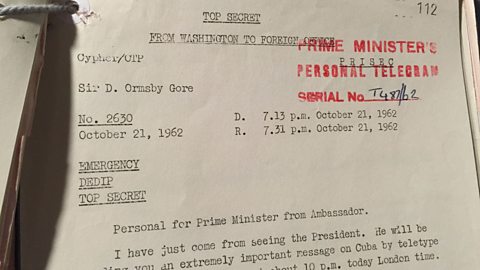
William Wallace. video
A look at how sources can help separate the myth from the man that is William Wallace.
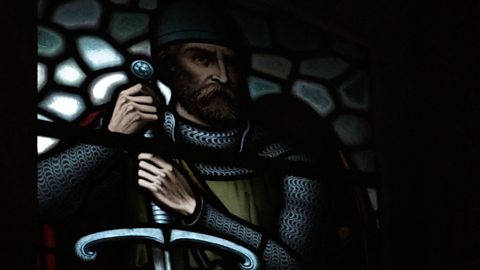
Transforming the health of Liverpool. video
Exploring what sources can reveal about the improvements to public health in Victorian Liverpool and the contribution of Britain’s first Public Health Officer, Dr Duncan.
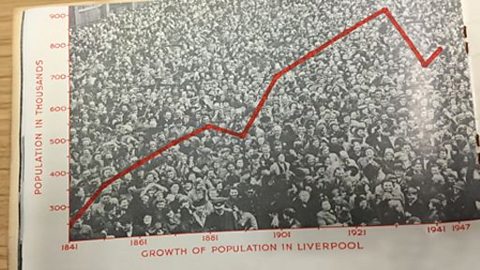
Medieval Antisemitism. video
A look at what sources can reveal about Antisemitism in Medieval times.
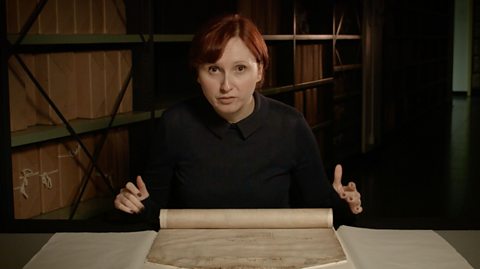
Elizabeth I. video
A look at what sources can reveal about the personality of Elizabeth I.
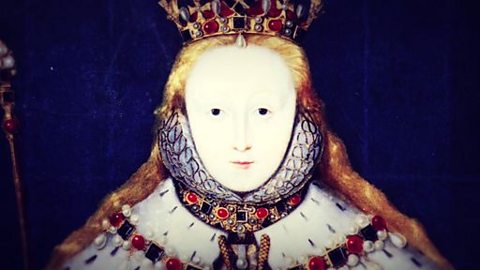
The British Civil Wars. video
An exploration of how sources can help us understand the impact of the British Civil Wars on ordinary men and women.
